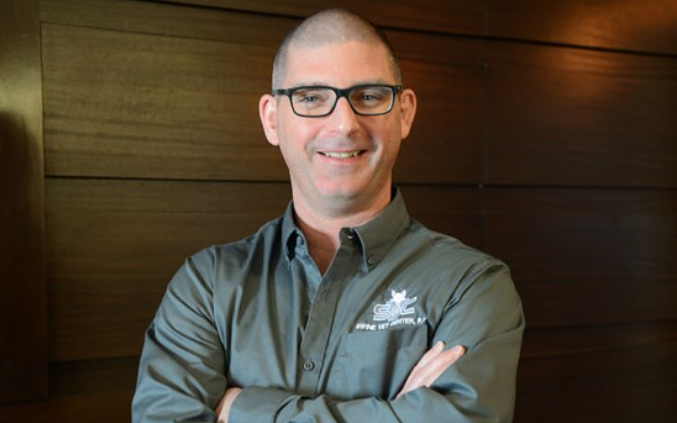



Common mistakes to avoid during PRRS elimination
Eliminating porcine reproductive and respiratory syndrome (PRRS) virus from a breeding herd is not a simple task, and no herd acts exactly like the next, according to Brad Leuwerke, DVM, with Swine Vet Center, St. Peter, Minnesota.
Looking back at years of PRRS elimination efforts, Leuwerke led a retrospective analysis of several breeding herds to determine why some were able to stay on course and achieve success while others were unsuccessful.
“We assessed several factors thought to influence a return to PRRS stability,” he said. “We found the season when the outbreak occurred, the virus strain causing the outbreak and the herd’s previous PRRS status all substantially affected the time necessary to eliminate the virus from the breeding herd.
“Largely, though, it feels like these factors are often out of our control.”
The review did highlight four factors producers can control that help drive successful virus elimination. “Failure to account for these aspects will extend the time necessary to achieve negative status,” Leuwerke said.
1) Avoid premature replacement entry
Producers must resist the urge to bring in extra replacement animals as a herd closure progresses. If replacements are brought in before the virus is eliminated, these animals will become infected and the closure time is drawn out.
“Instead, herds should ‘load up’ with replacements at the beginning of the closure to withstand the temptation to open up before the virus is eliminated,” Leuwerke said. “In addition, a reduction of culling, starting early in the closure, will also help in maintaining production goals without needing to open the herd.”
2) Set ‘day zero’ with an entire herd exposure
Start the PRRS elimination on a specified “day zero” using direct virus exposure of the entire herd.
“Infecting the entire population at one time allows for the shortest closure possible and is preferred over allowing the virus to naturally move through the population,” Leuwerke said.
This is especially important with newer, more virulent PRRS strains that look to have longer periods that animals shed virus.
3) Manage farrowing biosecurity
As a breeding herd nears the end of the closure, farrowing is the last place the virus can be found.
“The last animals to harbor and shed virus will do this through piglets, either born virus-positive or infected following birth,” Leuwerke explained. “Our biosecurity practices late in a closure influence the length of closure and, ultimately, if elimination is successful.”
At this stage, pigs should not be held back at weaning for more growth. “This is one of the worst things we can do in a sow herd working towards PRRS-negative status,” he said. It will extend the time of elimination.
Farrowing sanitation is very important, and poor practices can cause the elimination to fail. Leuwerke recommends all-out farrowing rooms at weaning so the rooms can be thoroughly washed, disinfected and dried. Common hallways also must be washed after all pig movements.
Good hygiene with processing tools must be practiced, too, to prevent the virus from spreading between litters.
4) Monitor herd status
“Newer monitoring strategies that allow us to test more animals have given us more confidence that a herd is truly negative before reopening to replacement animals,” Leuwerke said.
These new strategies include the use of processing fluids from many animals in the population.
“Before the use of processing fluids, we often would blood test 30 piglets each month,” he explained. “If we had 3 consecutive months negative, we called the herd negative. We likely missed virus using these testing procedures.”
Leuwerke admits PRRS eliminations are difficult. But good planning before a herd closure starts will help avoid common mistakes that lead to elimination failures.






